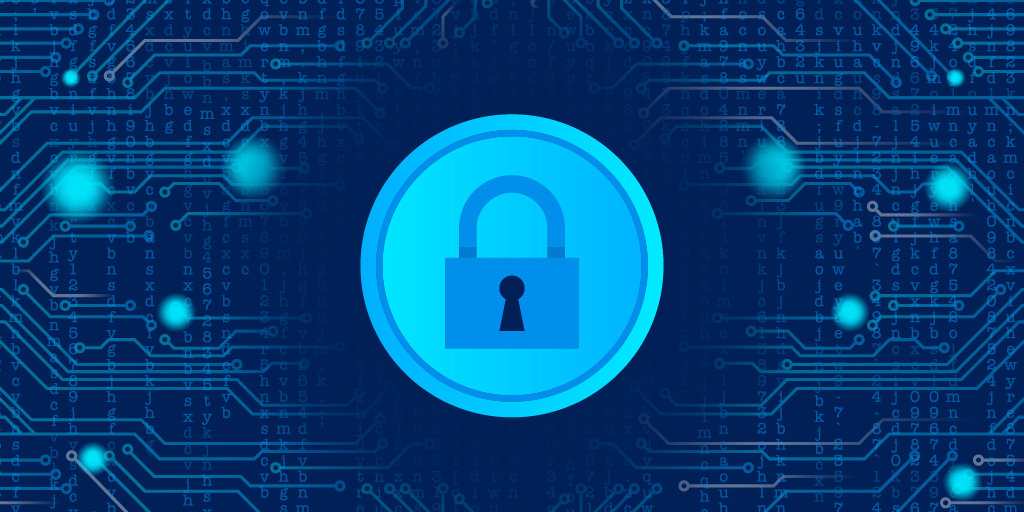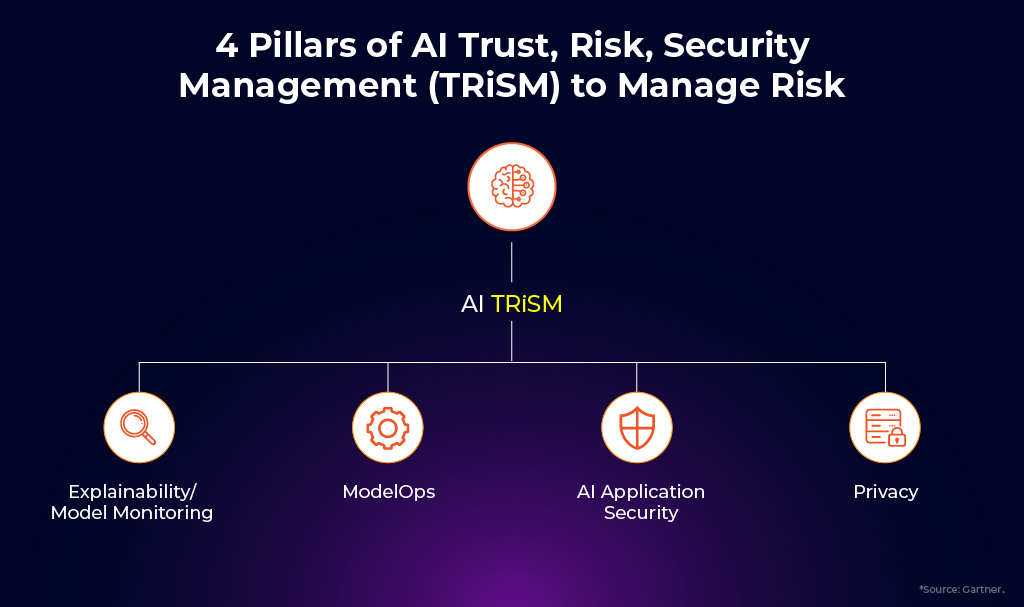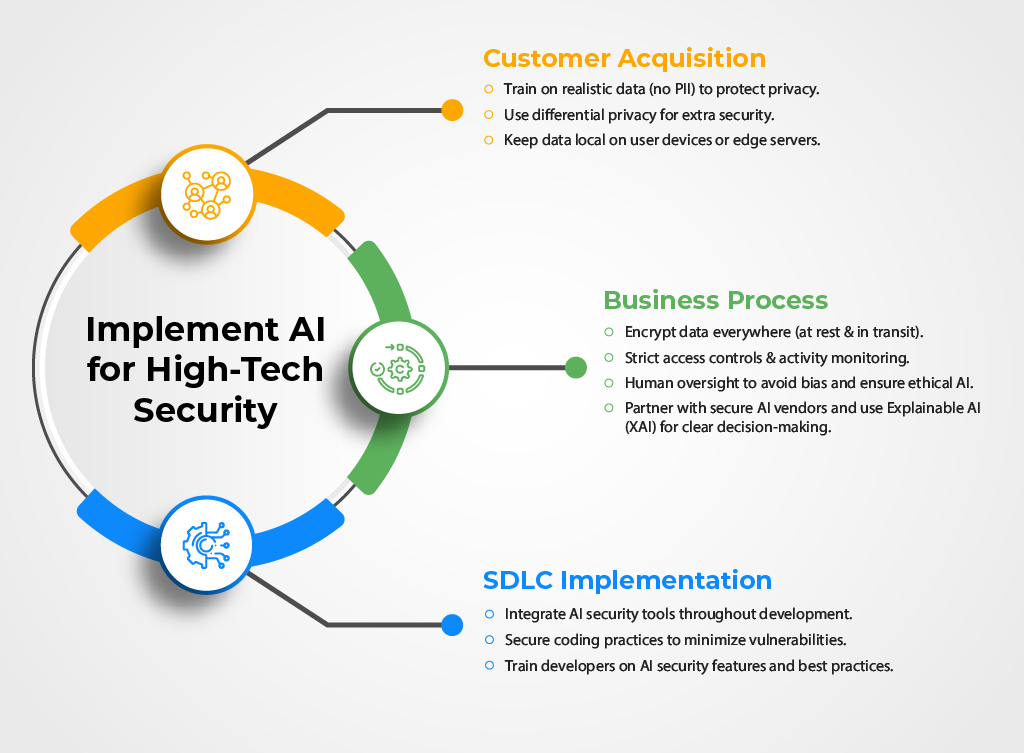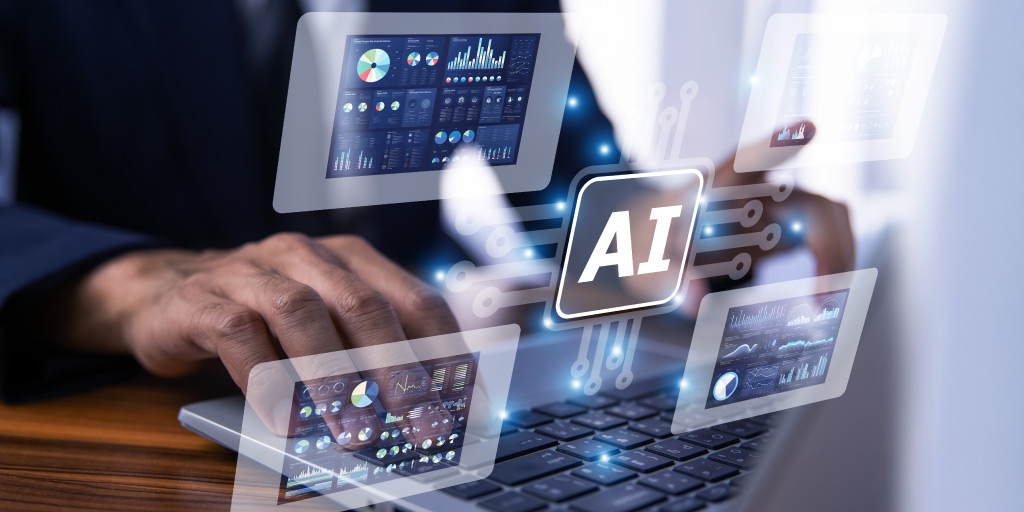The Breach Everyone Would Remember
Last month, a major software development company made headlines for a devastating data breach. The security breakdown has potentially compromised the personal information of around 49 million current and former customers.
How did it happen?
Hackers gained access to their servers, compromised the source code for several popular applications, and exposed millions of user records. In terms of the number of people affected, this incident ranks among the largest consumer privacy breaches of the last decade. It serves as a stark reminder of the ever-present cybersecurity threats faced by high-tech companies.
In today’s fast-paced world of software development, where innovation thrives alongside constant risk, traditional security methods struggle to keep pace. Effective technology risk management becomes more crucial than ever.
According to the U.S. Bureau of Labor Statistics, the demand for skilled cybersecurity professionals is set to surge by 33% by 2030. The urgency for robust defenses is highlighted by a projected USD 300 billion global cybersecurity market by 2027. (Gartner)
What if there was a way to effectively incorporate security risk management in high-tech?
AI has the potential to transform how high-tech companies, including Software-as-a-Service (SaaS) providers and software development firms, manage risk and protect their valuable assets. It can analyze vast amounts of data, identify patterns, and automate tasks, empowering you to build secure software with unparalleled efficiency.
Security Challenges in High-Tech – Why AI?
It’s a common misconception that AI models and applications are not innately reliable, trustworthy, fair, and secure. This raises serious concerns among companies about trusting AI with their sensitive data.
The Gartner framework: AI TRiSM—AI Trust, Risk, and Security Management—manages risks and ensures trustworthiness and security when implementing and using Artificial Intelligence (AI) systems in organizations. It offers a set of solutions to proactively identify and mitigate the risks that are usually associated with AI-generated data.
Source – Gartner.com
While AI offers immense benefits, implementing AI-security solutions comes with its own set of challenges. Here’s how to prevent possible hiccups in high-tech companies with AI implementation.
- Data Hygiene for Constantly Evolving Codebases: Software development’s iterative nature, with frequent code updates, creates an ongoing vulnerability management challenge. To mitigate this risk, companies should implement robust data hygiene practices. This means feeding only essential data into systems, securing it rigorously, and retaining it solely for the time required to fulfill its purpose.
- Decentralization of Databases: Interconnected development environments and cloud deployments create a wider attack surface for malicious actors.
- Effective User Consent: Users should know when their data is being used, whether AI is making decisions about them, and whether their data is being used to create files. They should also be given a choice to consent to such data use.
- Preventing Algorithmic Bias: For training AI models, data sets are broad and inclusive when “teaching” machines. Machine learning algorithms can inherit biases present in the training data.
Data models require secure code repositories and well-curated training data to function effectively. Partnering with a reputable security platform like Delphix can mitigate these challenges by enabling Zero Trust Network Access (ZTNA). (PreludeSys is a Delphix partner)
Top 5 Applications of AI in High-Tech Security
Now that we have highlighted the potential challenges and offered pragmatic AI solutions to mitigate them, we can look at real-world applications on risk management for information technology:
Here are five critical applications of AI:
- Static Application Security Testing (SAST) and Dynamic Application Security Testing (DAST) can significantly improve data testing by analyzing code for vulnerabilities with higher accuracy and efficiency.
- Automated code review processes can flag potential security weaknesses at the early stages of the development cycle, freeing up developers for more complex tasks. (Generative AI on Microsoft Copilot provides a secure, natively automated code review.)
- Real-time dev and prod environment monitoring can monitor development environments for suspicious activity, such as unauthorized access attempts or unusual file modifications. (Data tower feature in Delphix for real-time data monitoring and continuous compliance.)
- User and Entity Behavior Analytics (UEBA) can analyze user behavior patterns to detect anomalies that might indicate insider threats or compromised accounts.
- Leverage historical data to predict potential security incidents that allow you to take proactive measures before an attack occurs. (Predictive Analytics using Microsoft Fabric.)
Implement AI for High-Tech Security
Benefits of AI-Powered Security
AI offers significant solutions in cybersecurity, including rapid identification and remediation of security flaws, minimizing potential exposure. It automates security audits and reviews, accelerating development and allowing developers more time for innovation. Additionally, AI-driven security measures enhance data protection, protecting valuable IP and sensitive information from unauthorized access.
The benefits are evident in the forecasts of the global AI in cybersecurity market size, which was evaluated at US$17.4 billion in 2022 and is expected to hit around US$102.78 billion by 2032, growing at a CAGR of 19.43% between 2023 and 2032. (Source: Deloitte)
Also, with AI, there is something for everyone. For a diverse set of personas, it can personally benefit in many ways:
- Security Professionals: Automating tedious tasks allows security teams to focus on strategic initiatives and incident response.
- Developers: Streamline security testing and reduce delays caused by manual reviews, fostering a more productive development environment.
- Business Leaders: AI strengthens your software’s security posture, protecting your reputation and reducing the risk of costly data breaches.
The field of AI security is constantly evolving. Self-learning AI algorithms capable of adapting to new threats in real time are on the horizon. Additionally, continuous integration and development (CI/CD) practices are crucial for keeping your AI security solutions at peak performance.
The Future of AI in Hi-Tech Security: Final Thoughts
By embracing AI security, you can build software with unparalleled confidence, knowing your code, data, and systems are protected. You cannot let your next innovation become a target. By adopting AI-driven security solutions, you can mitigate risks and gain a competitive edge in an industry where innovation and security work together.
The rising cost of data breaches, averaging USD 4.35 million per incident, emphasizes the need for innovative AI cybersecurity solutions. (Source: IBM)
For High-Tech companies looking to stay ahead in the data security race, the time to act is now. Explore how AI can transform your information technology risk management and ensure your digital assets are well-protected.
Here is how PreludeSys’s takes it forward:
- We assess your business goals and objectives, identify your challenges and pain points, and devise a roadmap to secure your data estate.
- Next, we help you with the right tools and strategies for each governance stage: pricing, product options, document generation, and approval.
- We build and implement a customizable prototype and run a test in a sandbox to ensure every operation and function is free from external threats.
Ready to secure your data in the high-tech landscape? Reach out to us for a consultation today!











